What is On-Page SEO and Why is it Important?

On-Page SEO is a set of techniques and actions performed within your website to improve its ranking in search engines like Google.
This process includes optimizing content, site structure, title tags, meta descriptions, and other internal site elements.
The importance of on-page SEO lies in the fact that it helps search engines better understand your site’s content and show it to relevant users.
In fact, on-page SEO helps you attract more organic traffic by improving the quality and relevance of your site’s content, ultimately gaining more visitors and customers.
Without proper on-page SEO, even the best content can get lost among a multitude of web pages.
By using on-page SEO techniques, you can ensure that your site is visible in search results and that target audiences can easily access it.
This is particularly important for small and medium-sized businesses with limited advertising budgets.
In today’s competitive world, on-page SEO is one of the most important factors for the success of any website.
By investing in on-page SEO, you can improve your site’s ranking, attract more organic traffic, and ultimately achieve your business goals.
#SEO #OnPageSEO #WebsiteOptimization #DigitalMarketing
Does your current website convert visitors into customers or drive them away? Solve this problem forever with professional corporate website design by Rasawp!
✅ Build strong credibility and branding
✅ Attract target customers and increase sales
⚡ Get a free consultation now!
Keyword Research: A Path to Success in On-Page SEO
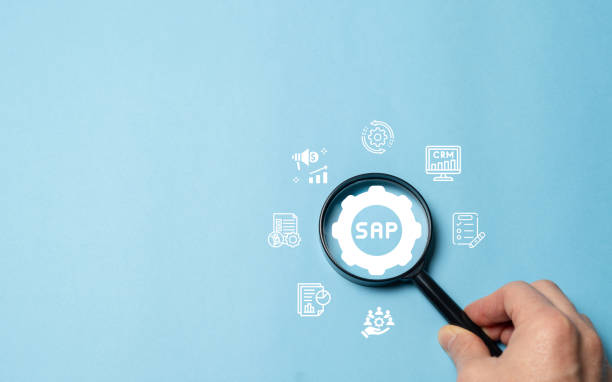
Keyword Research is one of the most important steps in on-page SEO.
Keywords are phrases that users enter into search engines to look for the information they need.
By identifying relevant keywords and using them in your site’s content, you can attract more organic traffic and improve your site’s ranking in search results.
To begin keyword research, you can use various tools such as Ahrefs, Moz Keyword Explorer, and Ubersuggest.
These tools help you find keywords related to your business, check their search volume, and assess the level of competition for them.
Additionally, you can also use Long-Tail Keywords.
These are longer phrases that usually have lower search volume but higher conversion rates.
For example, instead of using the keyword «shoes,» you can use the phrase «buy original men’s sports shoes.»
After identifying suitable keywords, you should use them strategically in your site’s content.
This includes using keywords in title tags, meta descriptions, subheadings, and the body text.
However, you should avoid excessive use of keywords (Keyword Stuffing), as this can harm your site’s ranking.
Your goal should be to create valuable and relevant content that naturally incorporates keywords. On-page SEO is an ongoing process and requires updates as search engine algorithms change.
Optimizing Title and Meta Descriptions

The Title Tag and Meta Description are two important elements in on-page SEO that are displayed in search results.
The title is the title of your web page, shown at the top of the browser and in search results.
The meta description is a summary of your web page’s content, displayed below the title in search results.
Optimizing these two elements can help improve your Click-Through Rate (CTR) and site ranking.
To optimize the title, you should use relevant keywords and write an attractive and engaging title.
The title length should not exceed 60 characters, as it may be truncated in search results.
Also, you should try to write a unique title, different from other pages on your site.
To optimize the meta description, you should provide an accurate and engaging summary of your web page’s content.
The meta description length should not exceed 160 characters.
Additionally, you should use relevant keywords and encourage users to click on your site’s link.
On-page SEO is one of the essential aspects for visibility in the online world.
On-page SEO helps you achieve a better ranking in search results by optimizing various parts of your site.
For example, if your web page is about «buying a laptop,» you can use the title «Buy Laptop at the Best Price | Online Store [Your Store Name]» and the meta description «Find the best prices for reputable laptop brands at [Your Store Name] online store.
Fast shipping and cash on delivery» use.
| Feature | Description |
|---|---|
| Title Length | Maximum 60 characters |
| Meta Description Length | Maximum 160 characters |
| Keyword Usage | Yes |
| Attractiveness and Engagement | Yes |
| Uniqueness | Yes |
On-page SEO requires careful attention to detail.
The Importance of SEO-Friendly URL Structure
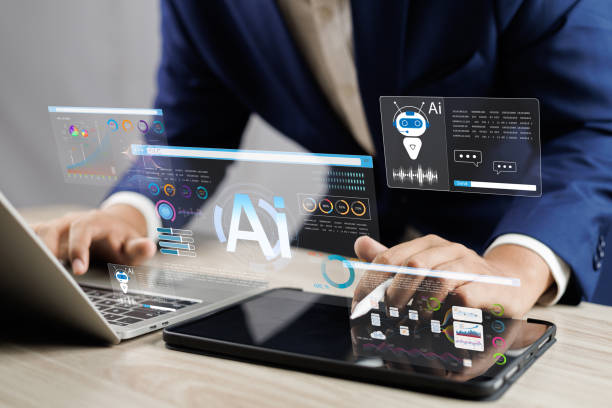
A SEO-Friendly URL Structure plays an important role in on-page SEO.
A friendly URL is an address that is understandable and easy for users and search engines.
A friendly URL should be short, descriptive, and include relevant keywords.
Avoid using unnecessary characters and long parameters in your URL.
An optimized URL structure helps search engines correctly index the page content.
For example, instead of using the URL «example.com/page?id=123», use the URL «example.com/buy-laptop».
The second URL is both more understandable for users and helps search engines better grasp the page’s topic.
Also, try to use appropriate categorization for your URLs.
For example, if your site has different categories such as «Laptops,» «Mobiles,» and «Tablets,» you can use a URL structure like «example.com/laptops/buy-asus-laptop».
On-page SEO ensures the success of your business.
By improving your URL structure, you can help search engines better index your site, improve your site’s ranking, and attract more organic traffic.
On-page SEO goes beyond keyword selection.
On-page SEO means creating an excellent user experience.
Is your e-commerce site ready to attract maximum customers and boost sales? Rasawp transforms your online business with modern and efficient e-commerce website designs.
✅ Increased speed and improved SEO
✅ Excellent user experience on mobile and desktop⚡ Get a free e-commerce website design consultation from Rasawp!
Image Optimization

Image Optimization is an important and often overlooked aspect of on-page SEO.
Images can take up a large portion of your web page’s size and slow down site loading speed.
Site loading speed is one of the critical factors in Google’s ranking.
Image optimization includes reducing image file size, using appropriate formats, adding Alt Text, and using descriptive file names.
To reduce image file size, you can use various tools such as TinyPNG and ImageOptim.
These tools help you reduce image size without compromising quality.
Also, you should use appropriate formats for your images.
JPEG format is suitable for images with many colors, and PNG format is suitable for images with graphics and text.
Adding alt text to images helps search engines understand the content of the images.
Alt text should be descriptive and include relevant keywords.
For example, if your image is of a laptop, you can use the alt text «Asus ZenBook Model Laptop.»
Additionally, you should use descriptive file names for your images.
Instead of using default file names like «IMG_1234.jpg,» use descriptive file names such as «asus-zenbook-laptop.jpg».
By optimizing your images, you can improve your site’s loading speed, enhance its ranking in search results, and create a better user experience for your site visitors.
On-page SEO is the art of attracting search engine attention.
On-page SEO is the beating heart of a successful website.
The Importance of Internal Linking
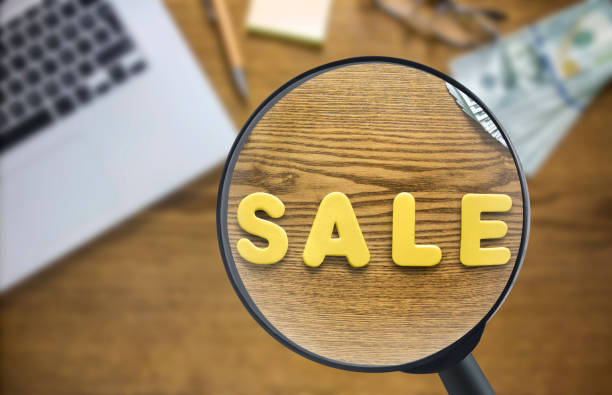
Internal Linking is an important technique in on-page SEO that helps you improve your site’s structure, make navigation easier for users, and enhance your site’s ranking in search results.
Internal linking means creating links between different pages of your site.
By linking to relevant pages, you help search engines better understand your site’s content and recognize the relationships between pages.
A strong internal linking strategy helps search engines discover important pages on your site.
Internal linking should be done strategically.
You should link to relevant and valuable pages and use appropriate Anchor Text.
Anchor text is the text displayed as a link.
Anchor text should be descriptive and include relevant keywords.
For example, if you are writing an article about «on-page SEO,» you can link to a page about «keyword research» and use «keyword research» as the anchor text.
Additionally, you should link more to the important pages of your site.
Pages that are more important to you should be linked from other pages on the site.
This helps search engines understand the importance of these pages and rank them higher in search results.
On-page SEO allows you to have more control over your rankings.
By using on-page SEO, you can provide a better user experience for your visitors.
On-page SEO and off-page SEO are complementary.
Website Speed Optimization: A Key Factor
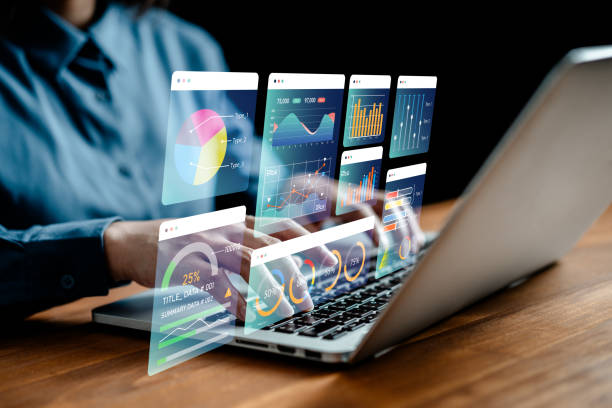
Website Speed Optimization is one of the key factors in on-page SEO and user experience.
Site loading speed directly impacts the site’s ranking in search results.
Google and other search engines rank sites with high loading speeds higher.
Additionally, site loading speed also affects user experience.
Users who wait a long time for a page to load may leave the site and go to another.
To optimize site speed, you can use various techniques such as reducing image sizes, using Content Delivery Networks (CDNs), enabling Gzip compression, optimizing code, and utilizing caching.
Additionally, you can use various tools such as Google PageSpeed Insights and GTmetrix to check your site’s speed and identify issues.
By optimizing your site’s speed, you can improve its ranking in search results, increase conversion rates, and create a better user experience for your site visitors.
| Factor | Solution |
|---|---|
| Image Size | Reduce size with online tools |
| Use of CDN | Use CDN for content distribution |
| Gzip Compression | Enable Gzip compression |
| Code Optimization | Optimize code and remove unnecessary code |
| Caching | Use Caching for faster loading |
On-page SEO is a long-term investment.
Quality Content: The King of On-Page SEO

High-Quality Content is one of the most important factors in on-page SEO.
Google and other search engines aim to provide the best and most relevant results to their users.
Therefore, sites that offer high-quality and valuable content rank higher.
High-quality content should be unique, relevant, accurate, comprehensive, and up-to-date.
It should also address user needs and provide useful information.
To create high-quality content, you should first identify your audience’s needs and then create content that addresses those needs.
Also, you should use relevant keywords, but avoid overusing them.
Your content should be written naturally and fluently.
Furthermore, you should regularly update your content and add new and relevant information to it.
This shows search engines that your site is active and provides valuable content.
On-page SEO without quality content is like a building without a foundation.
By creating high-quality content, you can attract more organic traffic, improve your site’s ranking in search results, and build user trust.
Are you concerned about your e-commerce site’s low conversion rate and not achieving your desired sales?
Rasawp is your specialized solution for a successful e-commerce website.
✅ Significant increase in conversion rates and sales
✅ Professional and user-friendly design to attract customer satisfaction
⚡ Ready for a transformation in online sales? Get a free consultation!
Responsive Design and Mobile-Friendly
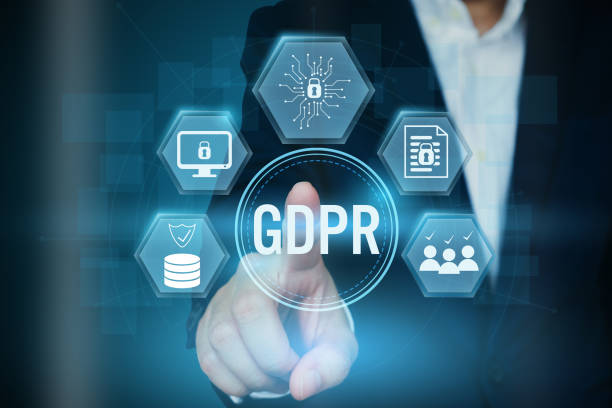
Responsive Design and being Mobile-Friendly are important factors in on-page SEO.
Given the increasing use of mobile devices for internet searches, Google and other search engines give more importance to websites that have a responsive design and display correctly on mobile devices.
Responsive design means designing a website in such a way that it automatically adapts to the screen size of different devices (such as mobile phones, tablets, and computers).
If your site does not have a responsive design, it may not display correctly on mobile devices, leading to a poor user experience.
To check if your site is mobile-friendly, you can use the Google Mobile-Friendly Test tool.
This tool shows you how your site is displayed on mobile devices and what issues it has.
By optimizing your site’s design for mobile devices, you can improve your site’s ranking in search results and create a better user experience for users who use mobile devices.
On-page SEO helps you get seen in the digital world.
Continuous Analysis and Improvement of On-Page SEO
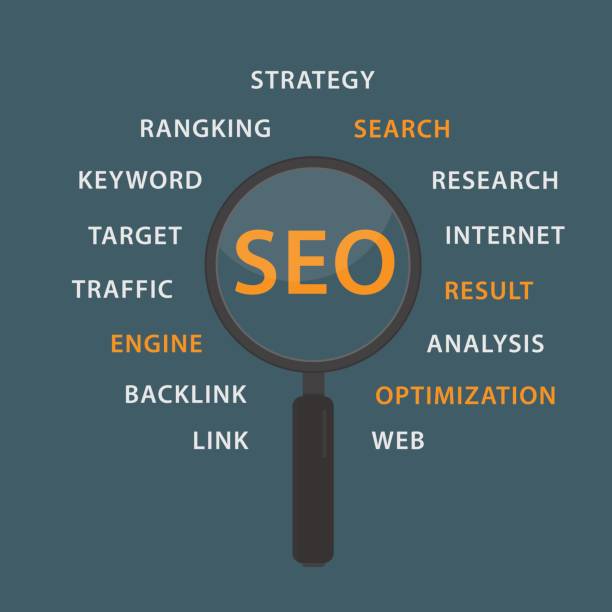
Continuous Analysis and Improvement is one of the crucial stages in on-page SEO.
On-page SEO is an ongoing process and requires continuous analysis and improvement.
You should regularly review your site’s performance and identify its strengths and weaknesses.
You can use various tools such as Google Analytics and Google Search Console to analyze your site’s performance.
These tools help you examine your site’s traffic, identify keywords users use to reach your site, review conversion rates, and pinpoint technical issues on your site.
By analyzing the data, you can identify your site’s weaknesses and take action to improve them.
For example, if you notice that the loading speed of one of your site’s pages is slow, you should take steps to improve it.
Or if you realize that one of your site’s pages has low traffic, you should improve its content and optimize it for relevant keywords.
By continuously improving on-page SEO, you can enhance your site’s ranking in search results and attract more organic traffic.
On-page SEO is a dynamic and perpetual process.
Frequently Asked Questions
| Question | Answer |
|---|---|
| What is On-Page SEO? | It refers to a set of actions performed within a website to improve its ranking in search engines. |
| Why is On-Page SEO important? | Because it helps search engines better understand your site’s content and structure, and it improves user experience. |
| What are the most important elements of On-Page SEO? | Title and meta descriptions, keywords, URL structure, quality content, image optimization, internal linking, and site speed. |
| How to optimize the Title Tag and Meta Description? | The title should include the main keyword and be engaging, and the meta description should be a compelling summary of the content with relevant keywords. |
| What is the role of keywords in On-Page SEO? | Keywords help search engines understand what the page content is about and should be used naturally and intelligently within the text. |
| How is image optimization done for On-Page SEO? | By compressing size, using descriptive file names, and filling the Alt tag with relevant descriptions and keywords. |
| What is Internal Linking and what is its use? | It is connecting different pages of the site to each other. This helps distribute Page Authority and improves search engine crawling. |
| What is the importance of site loading speed in On-Page SEO? | High speed improves user experience and is one of the important ranking factors for search engines like Google. |
| What impact does site responsiveness (Mobile-Friendliness) have on On-Page SEO? | Given the increase in mobile users, responsiveness is essential for providing a suitable user experience across all devices and for Google’s mobile-first indexing priority. |
| What are the important content-related factors in On-Page SEO? | Originality, quality, comprehensiveness, readability, proper use of headings (H1, H2,…), and regular content updates. |
And other services of Rasa Web Advertising Agency in the field of advertising
Smart Marketplace: Revolutionize click-through rates with custom programming.
Smart Brand Identity: A creative platform to improve click-through rates with attractive UI design.
Smart Advertising Campaign: Professional optimization to increase website traffic by customizing user experience.
Smart Marketplace: An effective tool for improving SEO ranking with the help of Google Ads management.
Smart Customer Journey Map: A combination of creativity and technology for online growth through the use of real data.
And over a hundred other services in the field of internet advertising, advertising consultation, and organizational solutions.
Internet Advertising | Advertising Strategy | Advertorials
Sources
Comprehensive Guide to On-Page SEO
What is On-Page SEO?
Comprehensive SEO Training
On-Page SEO Training Video
? For your business to leap forward in the digital world and experience unparalleled growth, Rasawp Afarin is your smart companion. With our expertise in SEO, content marketing, and especially user-friendly website design, you will have a powerful and lasting presence on the web.
📍 Tehran, Mirdamad Street, next to Bank Markazi, Southern Kazeroon Alley, Ramin Alley, No. 6



